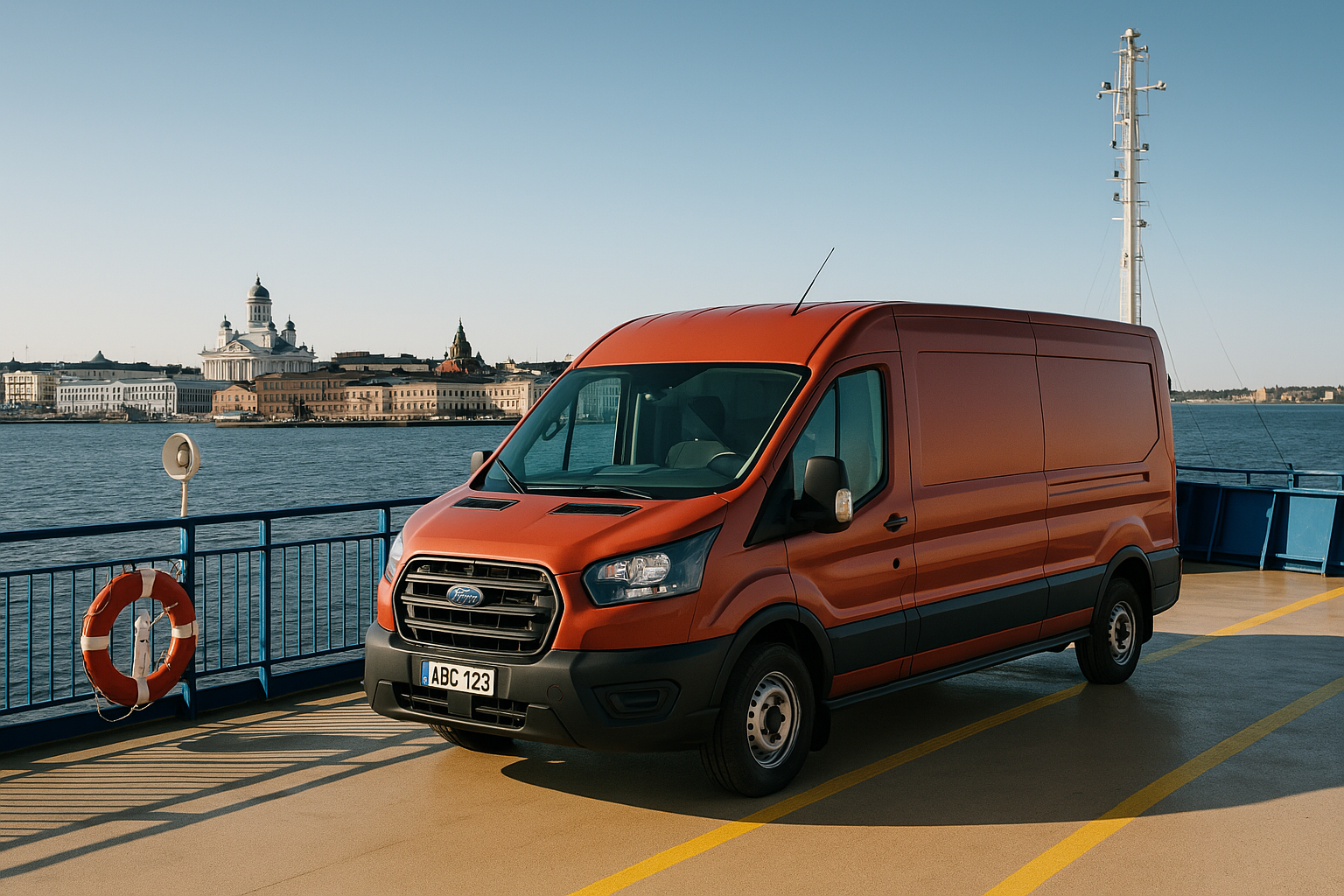Ford Transit: A Versatile and Reliable Commercial Vehicle
The Ford Transit is one of the most widely recognized and utilized commercial vans in the world. Since its debut in 1965, the Transit has established a strong reputation for reliability, practicality, and adaptability. Over the decades, the model has undergone numerous evolutions, consistently keeping pace with the changing demands of commercial transportation. Its enduring presence in markets across Europe, North America, and beyond underscores its global appeal and significance in the light commercial vehicle segment.
Originally developed by Ford of Europe, the Transit quickly became a staple for businesses needing a dependable cargo or passenger transport solution. Its body-on-frame design in the early generations contributed to its robust durability, making it a favorite among contractors, delivery services, and tradespeople. The vehicle's layout allowed for easy conversion to various specialized uses, from ambulances and minibuses to camper vans and mobile workshops. With a wide range of configurations available, the Transit offered unmatched flexibility for a variety of industries.
Design Evolution and Configurations
Throughout its production history, the Ford Transit has seen significant design and engineering advancements. Earlier models featured a utilitarian design focused primarily on function over form. However, modern iterations have embraced a more aerodynamic and ergonomic aesthetic while maintaining the Transit's traditional strengths. Today's Transit is available in multiple body styles, including cargo van, passenger van, chassis cab, and cutaway variants. These options allow businesses to tailor the vehicle to their exact operational needs.
Ford offers the Transit in three roof heights and three body lengths, providing a wide range of internal cargo volumes. Depending on the configuration, cargo space can exceed 500 cubic feet in high-roof, extended-length models. Additionally, the vehicle supports a variety of upfit solutions, allowing it to accommodate shelving systems, refrigeration units, and liftgates. This adaptability has made the Transit a preferred choice for sectors as diverse as logistics, construction, and healthcare.
Powertrain Options and Performance
Modern Ford Transits are equipped with a variety of powertrain options designed to meet different performance and efficiency needs. In North America, the latest models offer a choice between a naturally aspirated 3.5-liter V6 engine and an EcoBoost twin-turbocharged version of the same displacement. There is also a 2.0-liter EcoBlue diesel engine available in European markets, which emphasizes fuel economy and long-distance efficiency. These engines are paired with a 10-speed automatic transmission that enhances fuel efficiency and driving dynamics.
The Transit is available in rear-wheel drive, all-wheel drive, and front-wheel drive configurations, depending on the region and model. The availability of all-wheel drive provides improved traction in adverse weather conditions, making the van suitable for a wider range of environments. Payload capacities can exceed 4,500 pounds, and towing capacities reach up to 7,500 pounds when properly equipped. These capabilities ensure that the Transit can handle demanding workloads without compromising performance or safety.
Interior Features and Technology
Inside the Ford Transit, drivers will find a cabin designed for comfort and productivity. The driver's seat is adjustable and ergonomically designed to reduce fatigue during long hours on the road. Controls are logically arranged and within easy reach, and visibility from the driver's seat is excellent thanks to large windows and a commanding driving position. Multiple storage compartments are integrated throughout the cabin, offering practical solutions for document storage, tools, and personal items.
Technological features in the Transit have advanced significantly in recent years. Current models include Ford's SYNC infotainment system with optional touchscreen displays, Bluetooth connectivity, and integrated navigation. Safety is enhanced with available features such as adaptive cruise control, lane-keeping assist, forward collision warning, and a rear-view camera. These systems support both driver safety and operational efficiency, which is especially important for fleet operators managing large numbers of vehicles.
Electrification and Sustainability
In response to growing demand for environmentally friendly transport solutions, Ford introduced the all-electric E-Transit in 2022. The E-Transit is built on the same platform as the internal combustion models but features a fully electric powertrain. It offers an estimated range of up to 126 miles on a full charge, depending on configuration and usage patterns. Designed primarily for urban and suburban delivery routes, the E-Transit aligns with evolving emission regulations and sustainability goals.
The E-Transit includes a high-voltage battery mounted beneath the floor, which preserves the full cargo space. It also offers Pro Power Onboard, a feature that allows users to power tools and equipment directly from the van's battery system. This innovation reduces the need for external generators on job sites. Ford's investment in electric vehicle infrastructure and fleet telematics integration reflects its commitment to providing future-proof solutions for commercial customers.
Global Impact and Market Success
The Ford Transit has achieved tremendous success globally, with millions of units sold across more than 100 markets. It consistently ranks as one of the best-selling vans in Europe and has made significant inroads in the North American market since its introduction there in 2014. Its balance of affordability, durability, and versatility has helped it maintain a leading position among commercial vehicles for decades.
Ford continues to support the Transit with a robust network of dealerships, service centers, and customization options. This infrastructure ensures that owners have access to maintenance, parts, and support regardless of location. The Transit's reputation for longevity, combined with Ford's continuous innovation, secures its place as a cornerstone in the commercial vehicle landscape.

